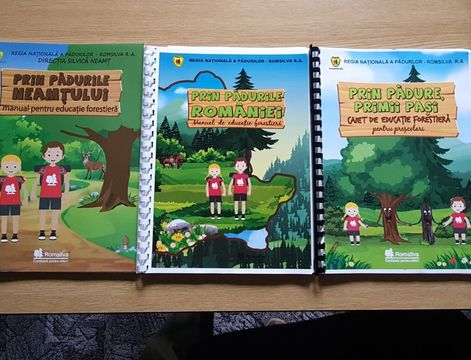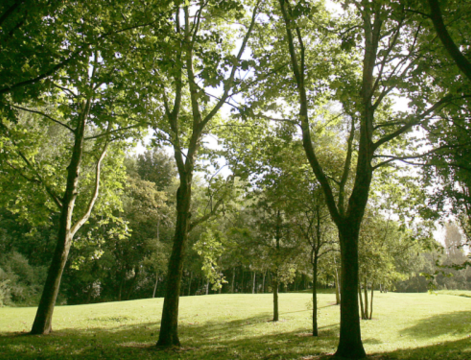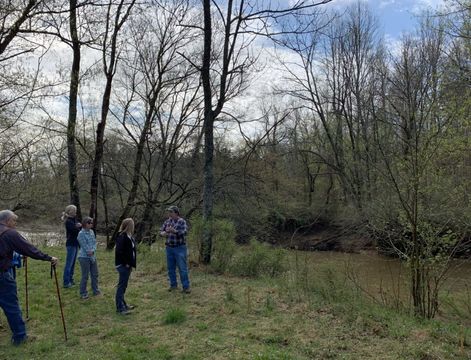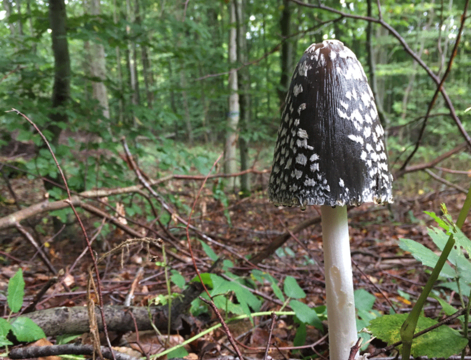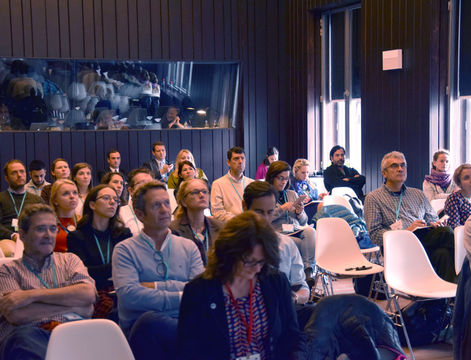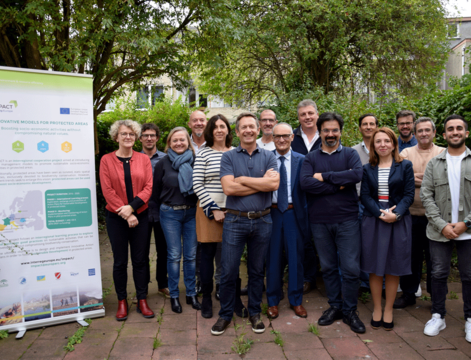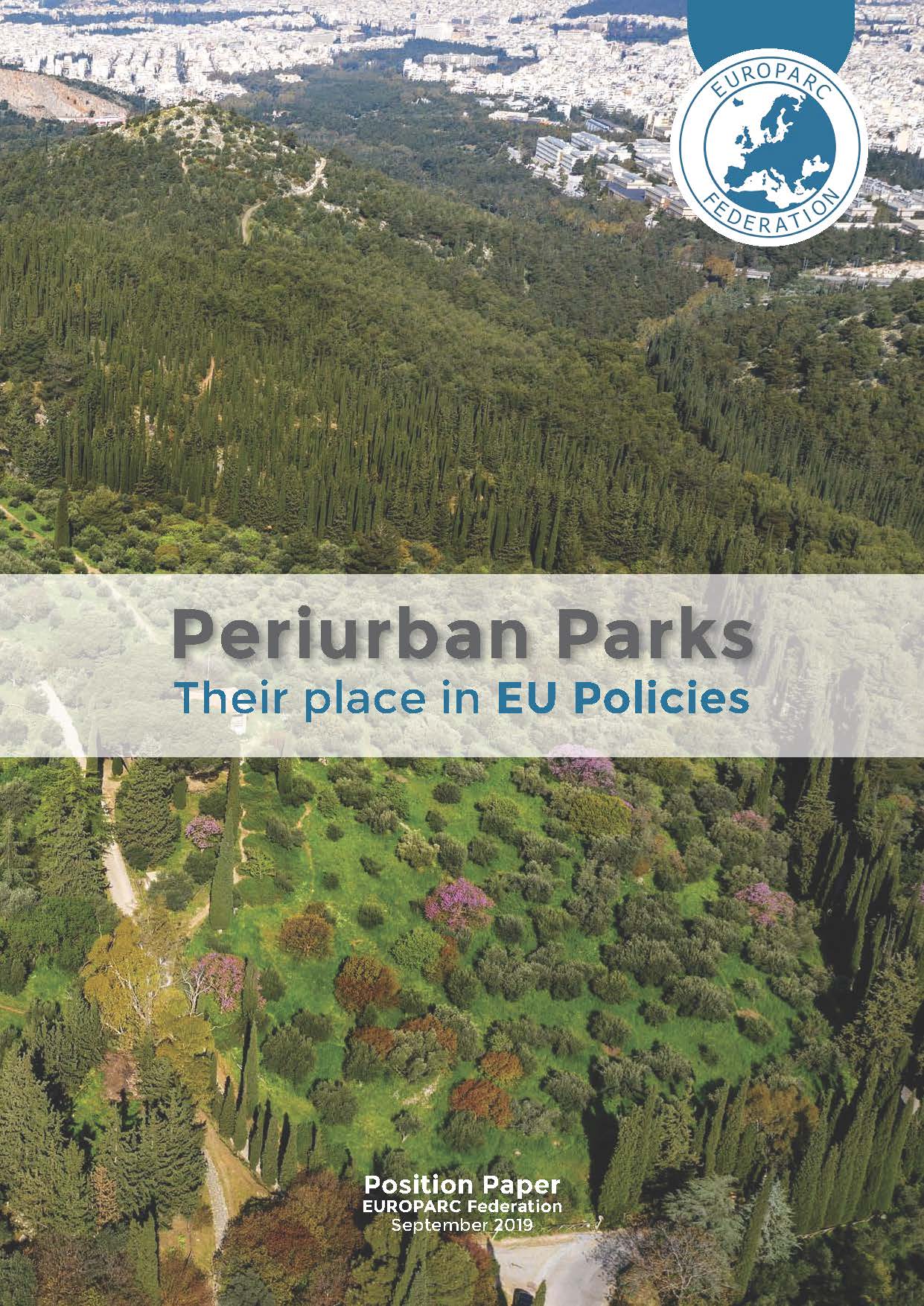The authors of the paper A global assessment of the social and conservation outcomes of protected areas, Conservation Biology, Volume 30, No. 1, 133–141, DOI: 10.1111/cobi.12568, have assessed the social and conservation outcomes of 165 protected areas using data from 171 published studies.
Specifically, they have looked at how PAs affect the well-being of local people, the factors associated with these impacts, and crucially the relationship between PAs’ conservation and socioeconomic outcomes.
The main results of their analysis showed that :
- Protected areas associated with positive socioeconomic outcomes were more likely to report positive conservation outcomes
- Positive conservation and socioeconomic outcomes were more likely to occur when PAs adopted comanagement regimes, empowered local people, reduced economic inequalities, and maintained cultural and livelihood benefits.
- Whereas the strictest regimes of PA management attempted to exclude anthropogenic influences to achieve biological conservation objectives, PAs that explicitly integrated local people as stakeholders tended to be more effective at achieving joint biological conservation and socioeconomic development outcomes.
- Strict protection may be needed in some circumstances, yet our results demonstrate that conservation and development objectives can be synergistic and highlight management strategies that increase the probability of maximizing both conservation performance and development outcomes of PAs.





